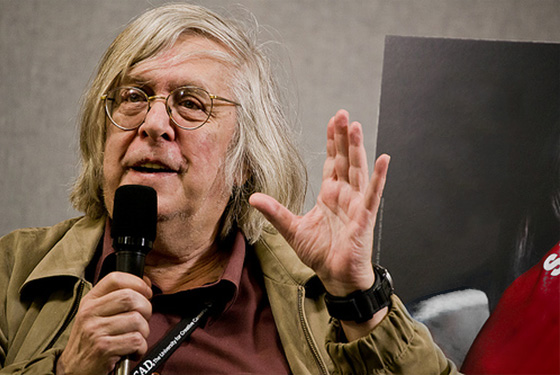Eye Candy [THE VERTICAL RAY OF THE SUN]
From the Chicago Reader (September 14, 2001). — J.R.
The Vertical Ray of the Sun ***
Directed and written by Tran Anh Hung
With Tran Nu Yen-khe, Nguyen Nhu Quynh, Le Khanh, Ngo Quang Hai, Tran Manh Cuong, and Chu Ngoc Hung.
Last spring I was in Austin, Texas, on a film-festival panel about film festivals with the editor of a film magazine who’s also the author of a book on film festivals. “I don’t like foreign films or academic films,” he told me, a declaration that stumped me at first because it raised two vexing questions: (1) Why link “foreign films” and “academic films” as if the two had something intrinsic in common? (2) Had he seen at least one film from every foreign country in the world that produced movies and made his judgment on that basis?
After pondering other things he said, I came up with what I believe were the correct answers to both questions. (1) Foreign films and academic films were linked for him because both obliged him to think. (2) Of course not; what he meant by “foreign” was simply “not American.” Put these premises together and it’s clear he was saying he didn’t like movies that made him think, which is what non-American movies did — apparently even Bavarian porn, Italian splatter fests, and Crouching Tiger, Hidden Dragon. Read more

